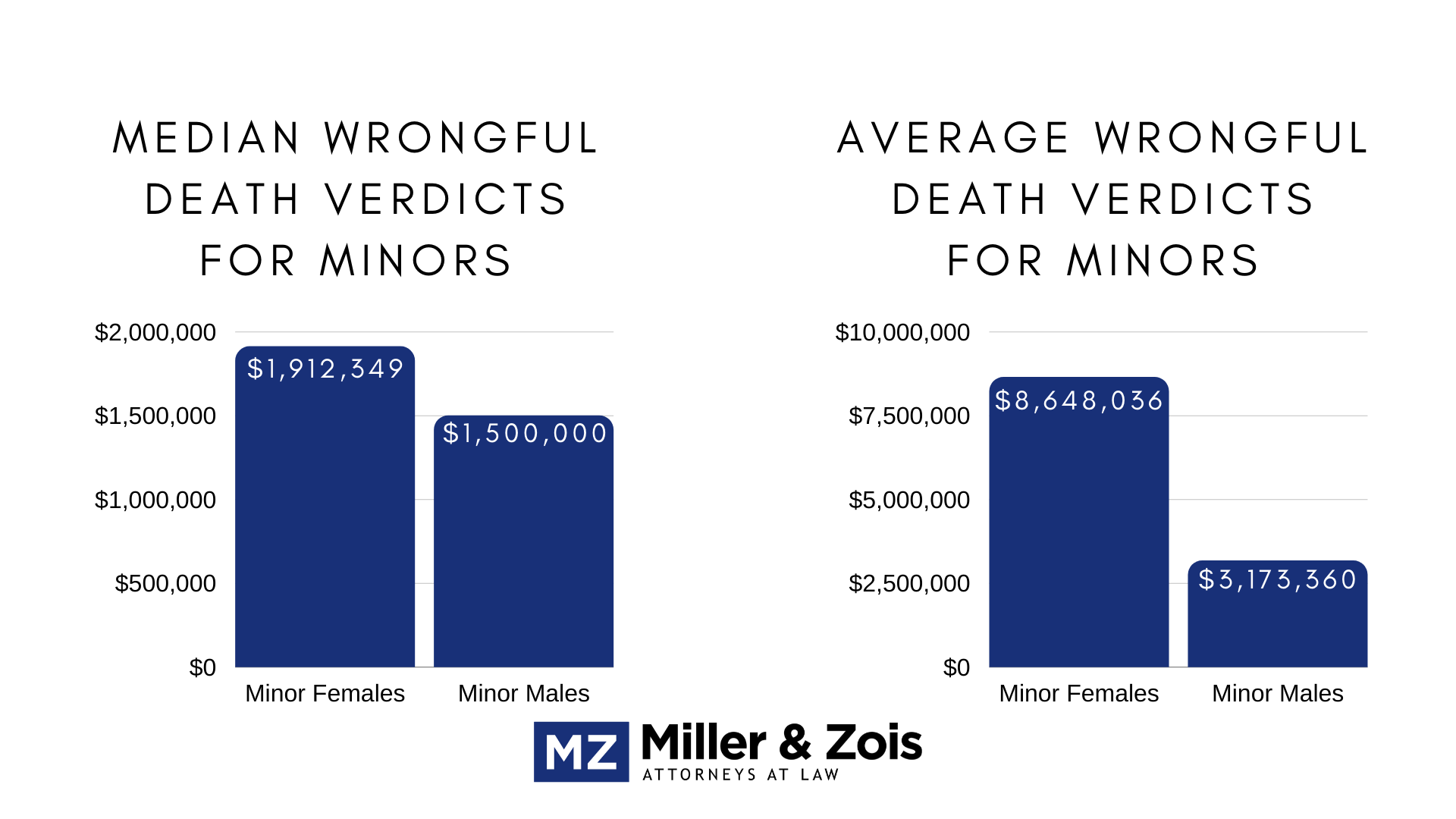Dr. Henry M. Learner, an instructor in Obstetrics and Gynecology at Harvard, writes an article in this month’s OBG Management called “Rebuff Those Malpractice Lawyers’ Traps and Tricks.” Dr. Learner is also the president of Shoulder Dystocia Litigation Consultants, a group that works with defense lawyers, medical malpractice insurance company case managers, and hospital risk managers in shoulder dystocia-related injuries and litigation.
I hate to give up one of my own but I’m sure Dr. Learner is a double agent. Because the advice he gives in this article is obvious (“know the specifics of your case”) or downright counterproductive. One piece of advice is to pull a Sarah Palin: “you don’t necessarily have to play by the rules for answering questions….” That cracks me up. But this one is even better:
Never allow an attorney to bully you in the courtroom or at a deposition. If the attorney begins to use such behavior, call it by its name and demand that it be stopped. Your lawyer will likely have raised the objection before you do; if she does not, protest such inappropriate behavior yourself. Never allow an attorney who is questioning you to raise his voice or speak to you sarcastically or rudely.




